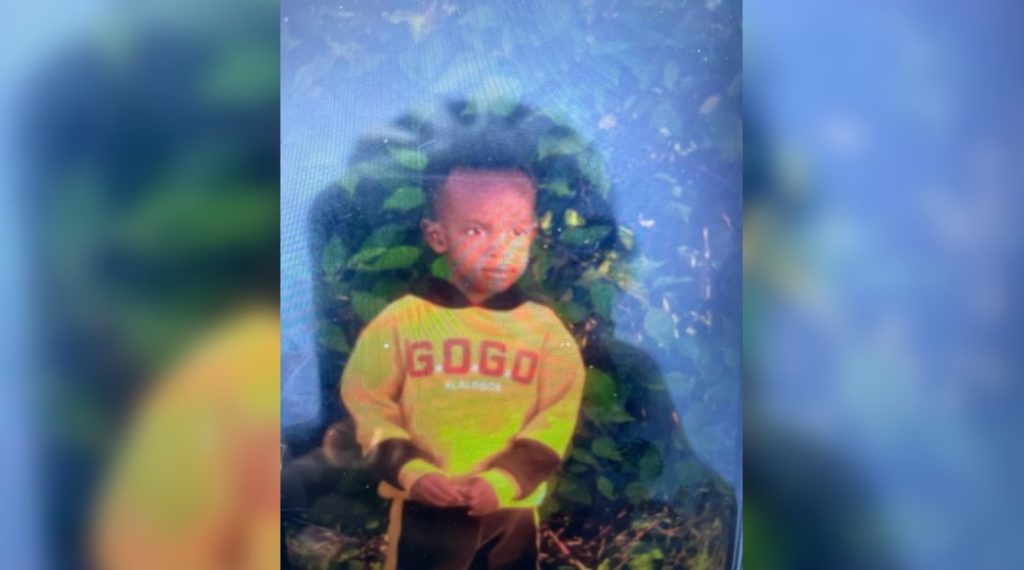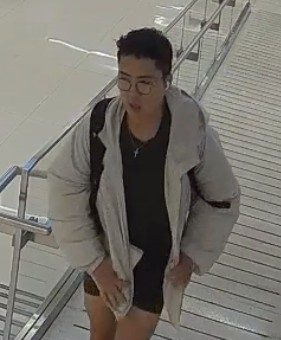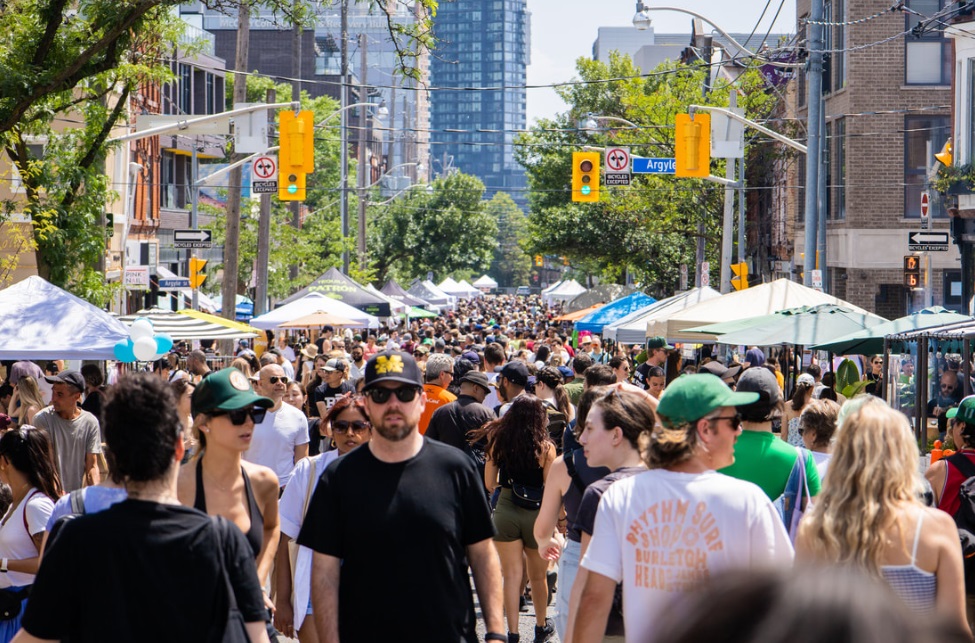Run for the border: Guns smuggled from U.S. land on Toronto’s streets
Posted April 23, 2021 11:42 am.
Last Updated April 26, 2021 5:32 am.
As part of an original Citytv documentary, Veracity: The Gun Chase, reporter Cristina Howorun examines the causes behind and source of Toronto’s gun problem and the impact the violence has on victims and their families. Below is the fourth of five stories in our news series. Bookmark this page to read and watch the other stories.
The documentary premieres Tuesday, April 27, at 10 p.m. ET / 9 p.m. CT, only on Citytv. Click here to watch the trailer.
____________________________________________________________
Getting an illegal gun has never been easier — even during the COVID-19 pandemic — according to former gang leaders and criminals. While getting one legally can take months, finding a gun on the streets can take mere hours.
By and large, the guns found on the streets aren’t stolen or purchased from stores or even from legal gun owners, but rather smuggled in over the border.
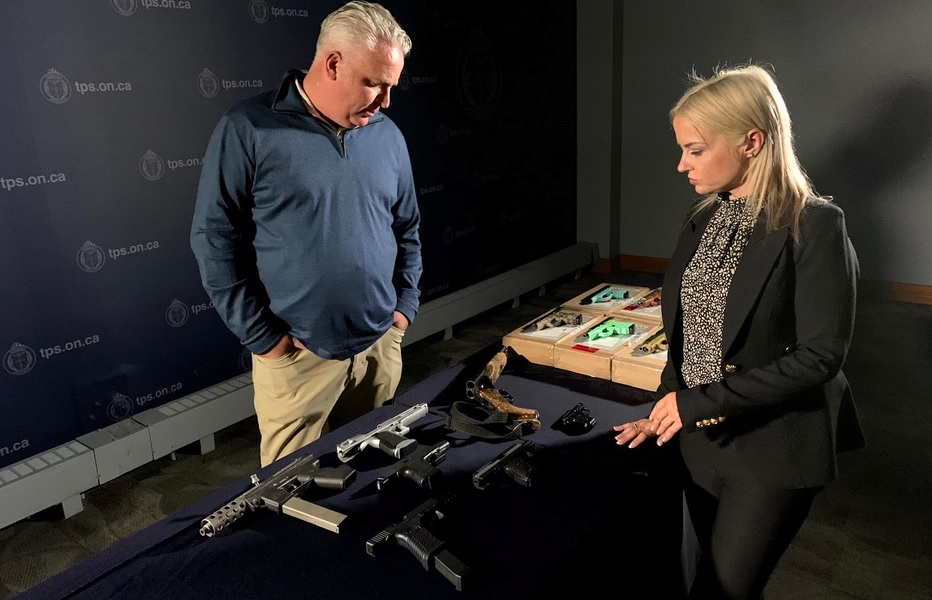
Toronto police Insp. Joe Matthews shows reporter Cristina Howorun a small sample of guns seized by the guns and gangs unit. CITYNEWS/Tony Fera
“They’re being smuggled in because people that want to possess them do not register firearms. They are criminal, the criminal entity of the city, mainly gangs, but there are illegal firearms that are much easier to acquire from the United States,” explains Insp. Joe Matthews, who heads up Toronto police’s guns and gangs unit.
In 2020, approximately 85 per cent of all handguns seized by Toronto police were traced back to the U.S.
“They come in in many different ways. Transport truck, by plane, private citizens and their vehicles can smuggle guns into the country. As much as you can imagine. That’s the way that they can come in. So what’s the market like for illegal guns? It’s a huge market,” Matthews says.
Marcell Wilson knows this all too well. He runs the One By One Movement, a think tank aimed at curbing extreme violence. It’s a program he co-founded after years at the helm of a Toronto gang, and as a high-ranking officer in South American cartels.
“We used the car method. It can be as ruthless as a family being kidnapped and forcing a mule to come across the borders where, if they’re unsuccessful or if they give up the information, their family will be harmed,” Wilson explains while speaking outside the Swansea housing project where he grew up.
“Now, as far as getting it across, we have such an open border, but we used several different avenues of doing that. There were areas along the border where there are Indigenous reserves and we would exploit them to bring weapons in. And then there are literally areas that you could throw a bag over the border and pick it up.”
And then there were the high-tech ways of getting illegal guns into the country.
“Some were like tricked out cars. So cars that have special compartments where you might have to turn the volume knob three times to the left and hit the horn and literally your dashboard will drop out and there will be a compartment with like some special lining that the scanners couldn’t read. So they’re becoming more sophisticated in the methodology, but it’s kind of still the same.”
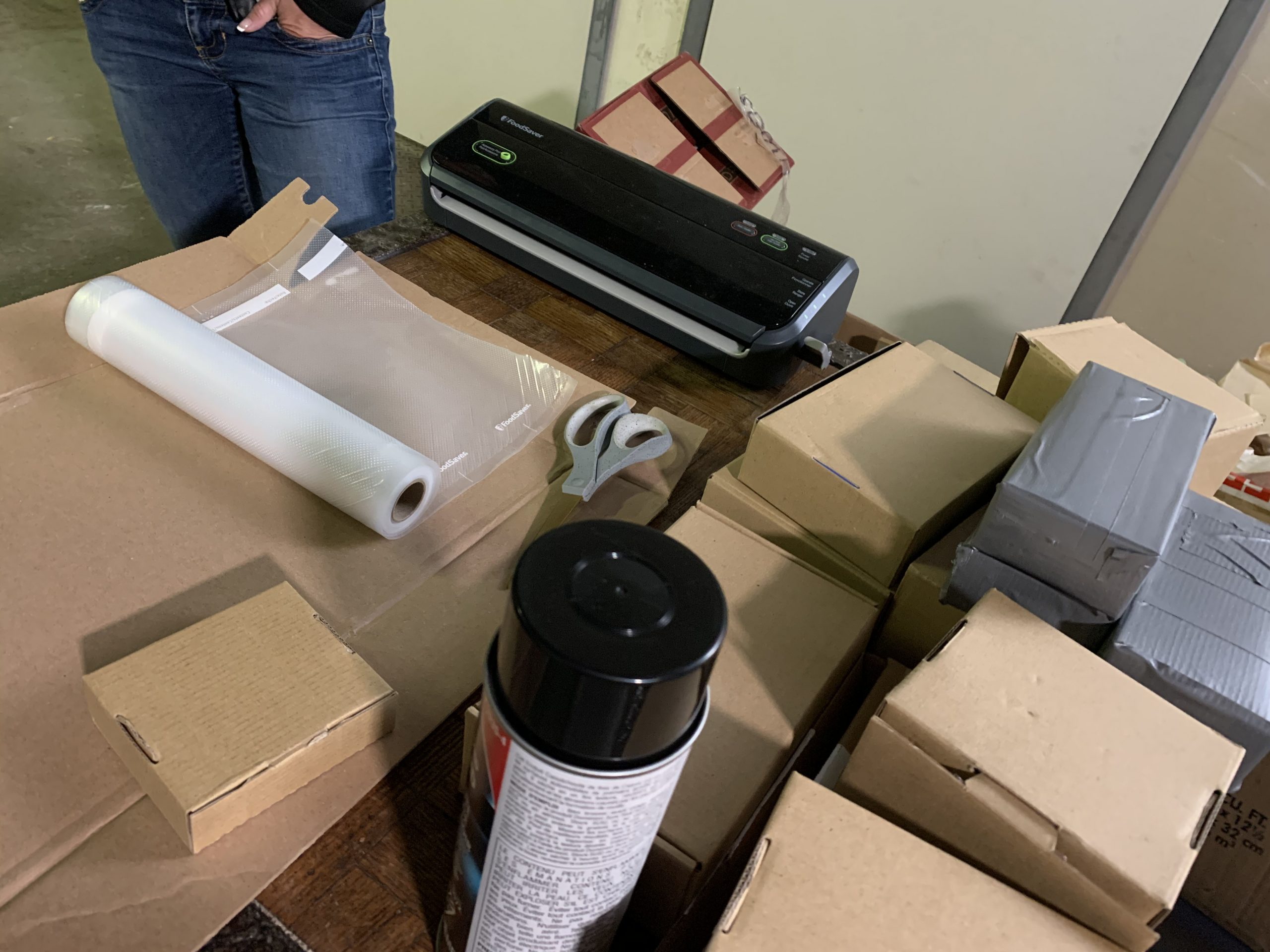
Some of the tools used to smuggle illegal guns into Canada from the United States. CITYNEWS/Tony Fera
In an exclusive interview for VeraCity: The Gun Chase, a former gun smuggler who we will call “The Captain” explained his methodology as much less complex, albeit time consuming.
“The most efficient ways were using people to transport them, knowingly or unknowingly,” he says.
“The Captain” was caught in a multi-jurisdictional sting several years ago. He served several years in federal prison for trafficking firearms and is currently living with his family in suburban Toronto.
His operation was fairly bare bones. “The Captain” would acquire drugs, hide them in the vehicle, hire mules to drive the vehicle to the southern U.S., his contact would replace the drugs with guns and the guns would arrive back in Toronto.
“The Captain” was a middleman in the gun transactions. His job was to hide the drugs, find the mules and as he explains, “basically get the guns once they got here, and once they got here I was to take the serial numbers off the guns and hand them out to the buyers or sellers and get them on the streets.”
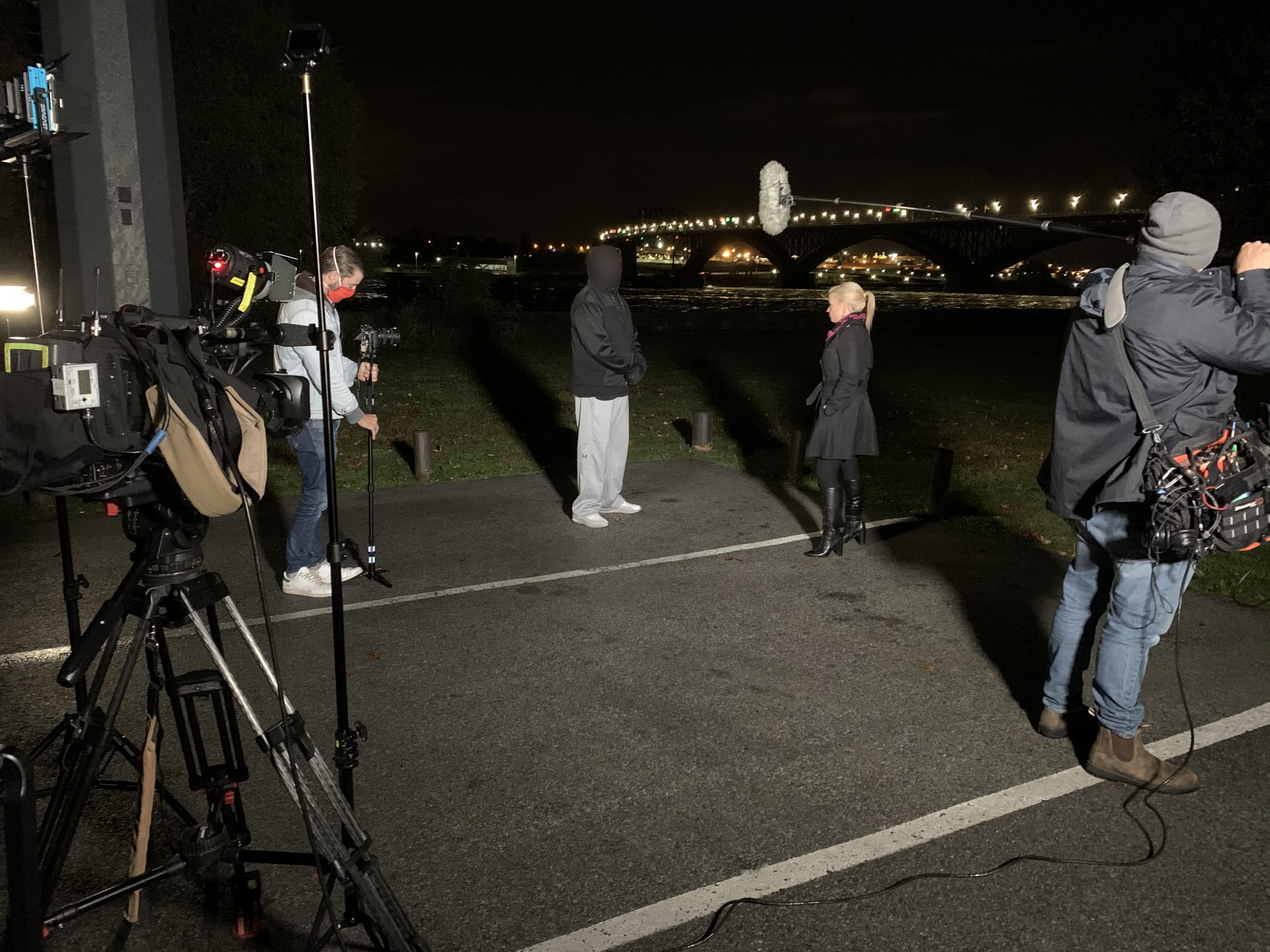
Cristina Howorun interviews “The Captain” for VeraCity: The Gun Chase. CITYNEWS/Tony Fera
The former gun smuggler, who conducted dozens of successful operations in part because of the profiling he did of mules, wanted people border agents wouldn’t question.
“We were looking for more seasoned people. People who travelled to the States a lot anyways, whether to visit family or shop. A lot of older people. We didn’t want people who were young, who would draw attention to themselves,” he says.
Many of his mules were pensioners, thinking they were getting a free rental car for a trip to Florida or Alabama and a little spending money, by helping “The Captain” avoid taxes or duty charges.
“We always told them (the contraband) was just money,” he explains in the shadow of the New York-Ontario border. “We just said it was money and there were no questions asked.”
And in a way, the drugs being shipped down to the States and the guns being shipped up into Canada was money.
“We would sell a Glock for $2,500,” he explains. “The profit was about $1,500 probably by the time you converted everything, and the bullets we sold for a dollar each.”
That was his profit – “The Captain” sold them to the people who sold them to the gangsters.
“Let’s keep in mind that if you buy a brand new gun in Florida at a gun show for $199, you can get over $5,000 for it today,” explains Det. Scott Ferguson in an exclusive interview for VeraCity: The Gun Chase.
Ferguson works in a covert office for Criminal Intelligence Services Ontario, a little-known unit within the Ministry of the Solicitor General. He traces crime guns alongside American law enforcement, RCMP and border officers.
“They’re so small, the guns, that if you purchase 10 or 20 of those guns, you’re making a massive amount of money if you can get them into this province, into our country. That’s the value, the street value of guns.”
Through intelligence gathering and tracing, they know where the guns are coming from — the U.S.
“Five of our top source states for crime guns into Ontario intersect Interstate 75 (the route many Canadians take to Florida).”
The Canadian Border Services Agency (CBSA) is working to stop the flow of guns into Canada, deploying a number of techniques.
“The CBSA employs a number of tools and tradecraft to stem the flow of illegal and prohibited materials into Canada,” explains Jacqueline Callin, a spokesperson for CBSA. “Guided by intelligence, our officers are also assisted by contraband detection tools such as handheld devices, small scale and large-scale X-ray machines, detector dogs, and many other resources.”
Last year, CBSA officers seized 753 illegal firearms at all entry points into Canada. A seemingly impressive number, until you consider that in 2019 police seized 680 guns off the streets of Toronto alone — most of which came from the United States.
“I would say that the CBSA is almost 100 per cent successful when they do stop the vehicle of someone that’s targeted as a gun smuggler,” Ferguson says. “They’re almost 100 per cent. But there’s so much vehicle traffic and truck traffic crossing the border that it would be impossible to search every car. It’s impossible to do that.”
